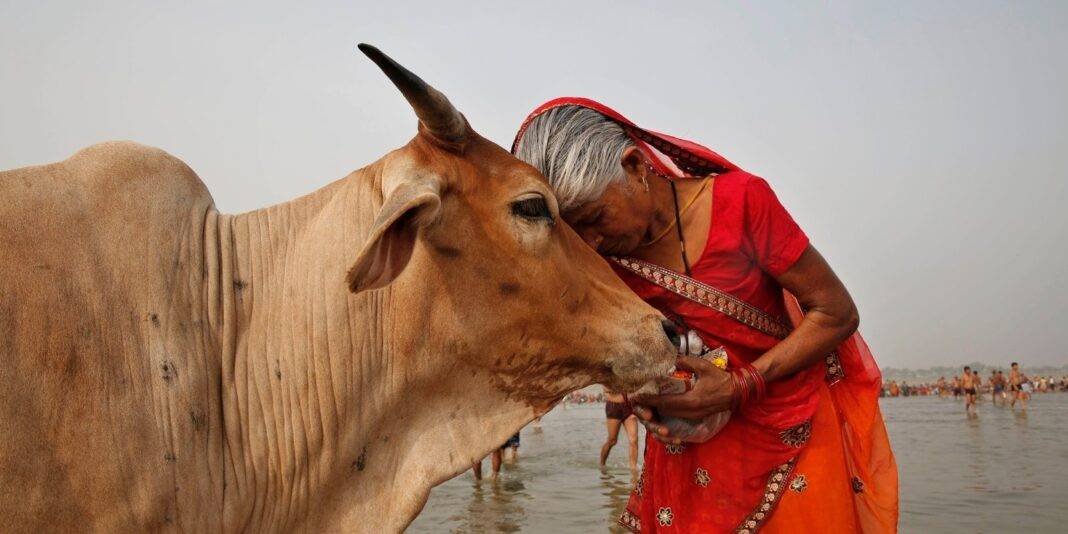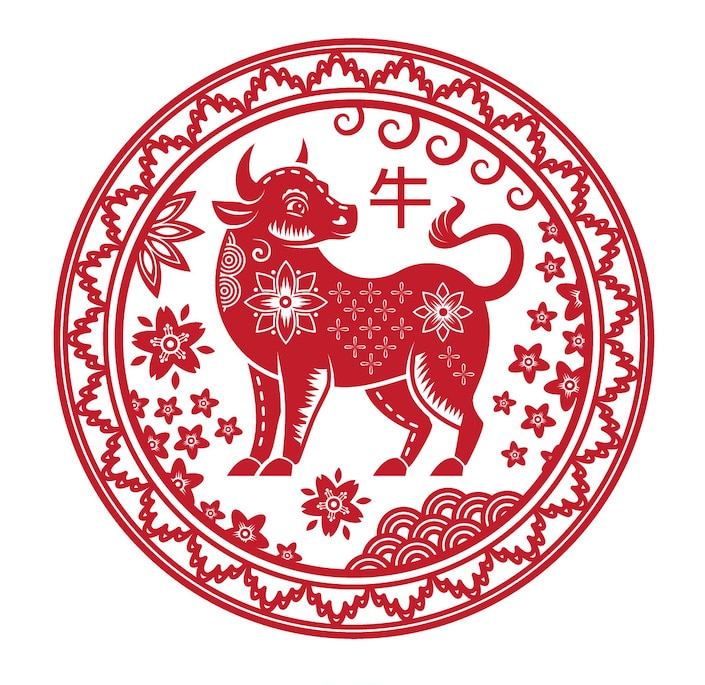
Cow Worship Across Ancient Civilizations
The statement “Cow is a holy animal” is true not only in the Indian context, it holds true for all the four major ancient civilizations. The Egyptian, the Indus-Saraswati, and the Mesopotamian civilizations worshiped the cow as a holy animal or as an avatar of their God. The ancient Chinese civilization treated cows with a deep respect and even named one year from their twelve-year cycle after the ox. The belief in the goodness of cows as a mother, provider, and protector is deeply saturated in modern Indians that are still connected to their traditional roots.
Recently, scientists concluded that dairy products were part of the daily diet of prehistoric humans that lived in approximately 6000 BCE. These findings predate the general timelines of these major ancient civilizations. Thus, it can be safely assumed that prehistoric humans reared cows to have access to cow milk. Furthermore, this discovery leads to the speculation on the effect of dairy products on the perception of cows in the minds and hearts of the inhabitants of the ancient world.
Cow Worship in Ancient Egypt
Ancient Egyptians worshiped Hathor as a divine mother. She is the goddess of the sky, love, and fertility. She was a deity for women to worship. The Greek identified Hathor as their goddess of love Aphrodite. Hesat or Hesaret was a manifestation of Hathor as the divine mother cow. She was depicted as a white cow that either had a sun disc between the horns or carried a tray of food on her horns. Mostly, images depicted milk flowing from her udders.

Hesat was worshiped as the wet-nurse of the other gods. She was a minor patron goddess of pregnant women and nursing mothers. She was also thought to be the mother of Anubis, the god of death. Hesat, the mother cow, was the wife of Ra, whose manifestation was the Mnevis Bull.
MOREOVER, THE EGYPTIAN GODDESS NUT WAS ALSO DEPICTED AS A COW WITH FOUR STARS ON HER BELLY. THE PEOPLE OF THE NILE ASSOCIATED THE COW WITH FERTILITY AND REJUVENATION.
Cow Worship In Mesopotamian Civilization
:max_bytes(150000):strip_icc()/warhorse-head-emerging-from-a-column-in-persepolis--shiraz--fars-province--iran--852226226-5a08e48ee258f8003744a5f0.jpg)
Ninsun was a Mesopotamian deity with divine powers, also called the ‘lady of the wild cow’. Her original form was bovine in nature; however, she was usually portrayed in her human form. Additionally, the ancient Moon God of Mesopotamia was called Nanna in Sumerian and Sin in Akkadian. He was primarily depicted as a bull, with a horizontal crescent of the waxing moon on his horns. They also associated the bull with the Adad, Hadad, or Iskur. He was the storm and rain god. Baal Adad was shown as a bearded man holding a club and thunderbolt, while wearing a bull-horned headdress. The bull was his symbolic animal in Mesopotamian civilization. They used the bull to express warlike qualities associated with a god. Aspects of storm, fertility, or sexual prowess were depicted by the bull.
ANCIENT CHINA AND COWS

The popularity of the concept of the divine mother cow led many regions in history; like ancient China (in the Han and Zhou dynasties), Burma, Japan (till 1872), India, and Egypt; to strongly prohibit or disdain cow slaughter. Symbolically, cows held associations with the concept of diligence and hard work. The ox, a type of bovine, was considered one of the Chinese zodiac animals and symbolized traits like patience, persistence, and determination. This symbolism was more related to the characteristics attributed to the animal rather than direct worship or religious significance.
INDUS-SARASWATI CIVILIZATION AND COWS

Indus-Saraswati civilization artifacts feature the bull in many forms, like terracotta seals, moldings, carvings, toys, etc. The bull symbolizes power and strength in most relics discovered in excavations. Scientific research shows that the people of the Indus-Saraswati civilization used clarified butter or ghee as a primary cooking ingredient. Thus, we can assume that cows were an integral part of life for the ancient Indians. The subsequent adoption of a cow as a symbolic mother of life and its interpretation as a representative of fertility and prosperity in the Vedic and Vedic-inspired-Zoroastrian cultures may have its roots in the belief systems of an earlier generation.
MODERN INDIANS AND COW-WORSHIP

A majority of modern Indians consider the cow as a holy animal and reverently worship it. Even the bull is worshiped by Hindus as Nandi, the vahana of Shiva. The status of cows in India remains heavily interlinked with the agricultural sector, animal husbandry, and religious beliefs. The ownership of cows is directly proportional to economic status in rural India. Indian Ayurveda and traditional Zoroastrian Medicine strongly advocate A2 cow milk as a promoter of good health, well-being, and balanced nutrition. Some ayurvedic remedies use cow milk or its products, with other additives, as preventive and curative medicines.
However, despite the reverence of the cow as the divine mother, harbinger of prosperity, and a symbol of fertility, its general upkeep as an ‘animal’ leaves room for improvement, irrespective of the presence of gaushalas and gau-rakshaks in India. The increasing Indian population and rapid urbanization has pushed cow pastures to the fringes. Cows face challenges in semi-rural and urban India; for example: improperly equipped shelters, uninformed caretakers, improper nutrition mainly stemming from consuming plastics and pesticides from human food wastes, and road accidents leading to disability or death. The ban on beef is associated with Hindus; however, it should be associated with Indic beliefs that have survived over thousands of years. In conclusion, modern Indians should focus on rearing, sheltering and nutrition of cows; while also continuing age-old traditions related to cow-worship.